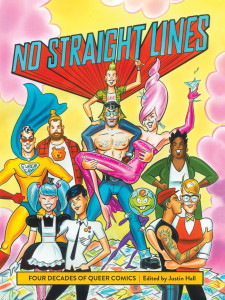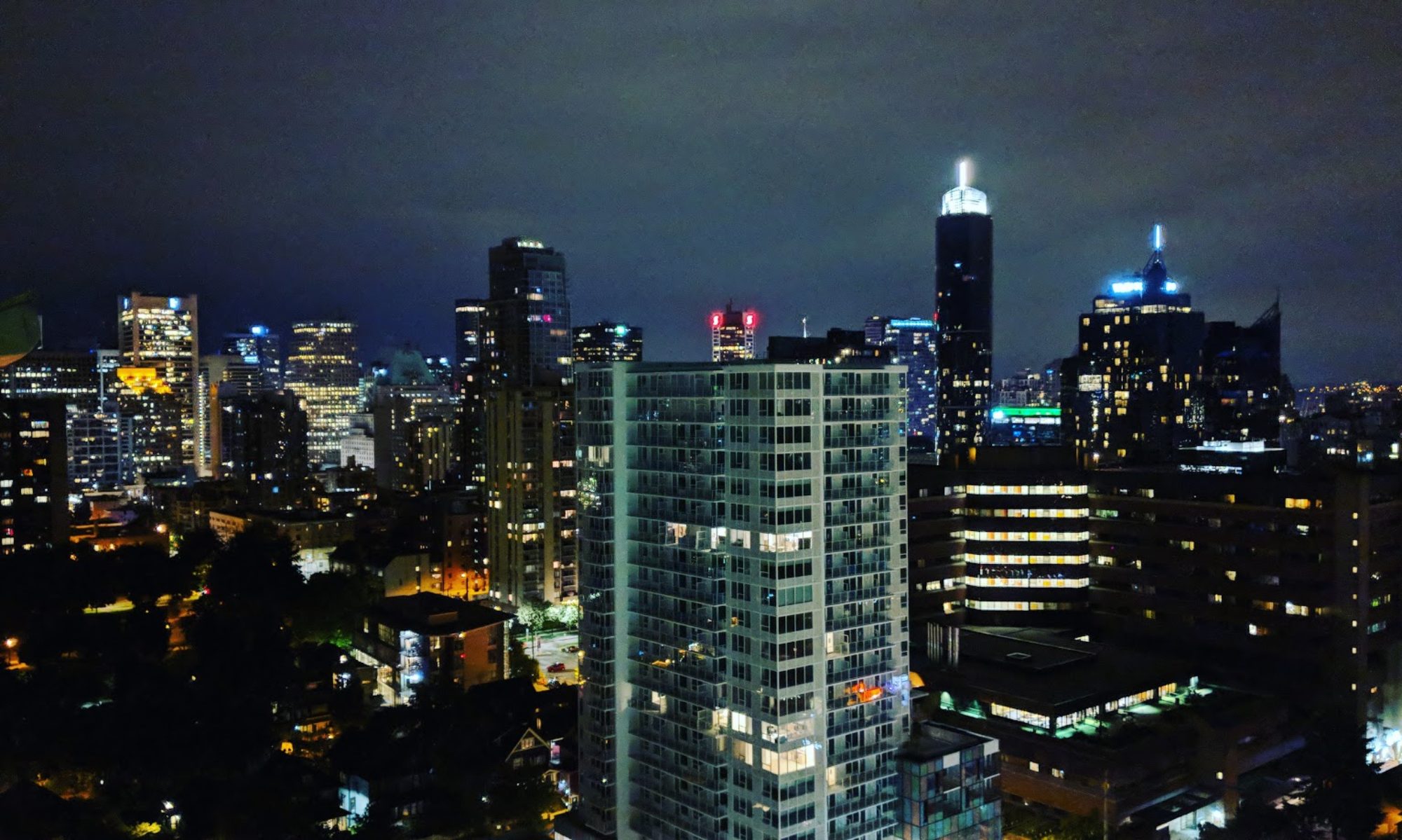“When Maggie sees Hopey, I know exactly how she feels. This story I’m doing right now is Maggie trying to figure out what boundaries she has with Hopey now that they are both with different people, and she’s kind of like, ‘We used to play around, can we still play around? Are we not supposed to play around?’ … Maggie is getting frustrated, and I’m just learning all this stuff about what Maggie is thinking about their relationship while they are together.
– Jaime Hernandez, on his current Love & Rockets story
I was so happy to be able to host a panel on queer comics at San Diego Comic Con this year. When I first started going to Comic-Con, it was important to me to attend the annual Gays In Comics panel at the show. The larger queer fandom wasn’t really accessible to me at the time, either online or in person (though I had some wonderful friends I could talk comics with), and sitting in the big room full of other people ‘like me’ was exciting. I’d dreamed of being on that panel for years, until the interests of the folks running that panel and my own interests as a reader and critic diverged to the point that I stopped attending… which meant that hosting a smaller queer comix panel with four comics authors whom I respect immensely–Mariko Tamaki, Gilbert Hernandez, Jamie Hernandez, and Ed Luce–was pretty much that dream come true. Thanks to Julia from D&Q for thinking of me to moderate.
The wonderful Brigid Alverson has a thorough write-up of the panel over at ComicBookResources. I thought it went really well, and I was happy to see that on reading Brigid’s article my memory lived up to the actuality of it! There’s some great commentary there on the importance of queer comix, but also, queer comix as they exist within the continuum of ‘alternative’ comics. Alternative comics and the scene around them have a really checkered history when it comes to queer representation. I got into it a little at the beginning of the panel, but basically while the undergrounds and early alt comix were certainly transgressive, queer narratives tended to be pushed to the side.  The excellent anthology and history book No Straight Lines, edited by Justin Hall, does a great job at drawing connections between important works and putting together an overview of the queer alt-comix scene in the 70s, 80s, and 90s for contemporary readers. I recommended it on panel, and I’ll recommend it again here. But yeah, it was awesome to have Jaime and Gilbert on the panel just come right out and say “No one was doing this,” when talking about their roles as straight creators of queer characters in the alt comix scene. They added a lot of continuity to the discussion! Having two out-and-proud creators on panel was also wonderful, particularly as Ed and Mariko have entered the field relatively recently and later in their lives, and they brought some amazing insight to the panel. It was amazing, and I could’ve talked to all four of them for another hour at least.
The excellent anthology and history book No Straight Lines, edited by Justin Hall, does a great job at drawing connections between important works and putting together an overview of the queer alt-comix scene in the 70s, 80s, and 90s for contemporary readers. I recommended it on panel, and I’ll recommend it again here. But yeah, it was awesome to have Jaime and Gilbert on the panel just come right out and say “No one was doing this,” when talking about their roles as straight creators of queer characters in the alt comix scene. They added a lot of continuity to the discussion! Having two out-and-proud creators on panel was also wonderful, particularly as Ed and Mariko have entered the field relatively recently and later in their lives, and they brought some amazing insight to the panel. It was amazing, and I could’ve talked to all four of them for another hour at least.
So yeah, please go check out the article! And the work of all four wonderful creators!
My thanks to Brigid Alverson for transcribing so much of the panel and writing it up, and sharing it with the readership of CBR.
– Christopher
P.S.: I originally posted a draft of this, and then finished it about an hour later. It may still be the old version in the RSS feed, sorry about that!


